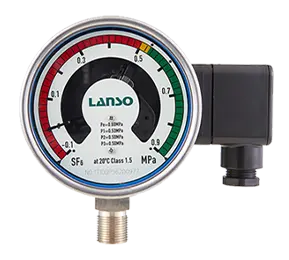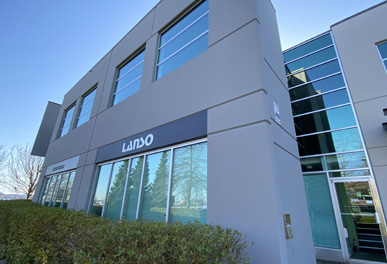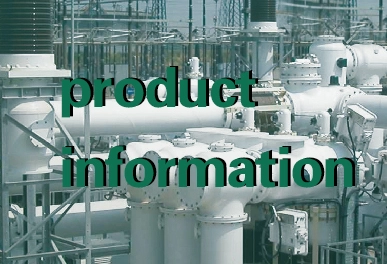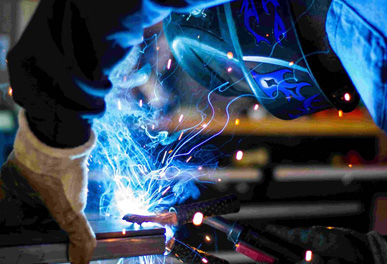In order to ensure the safe and reliable operation of SF6 electrical equipment, it is necessary to monitor the density of SF6 gas in the SF6 gas equipment. The monitoring of SF6 gas density is achieved through SF6 relays, which are usually equipped with two-level alarm signals: alarm pressure signal and lockout pressure signal. When the pressure drops, corresponding alarm signals are sent out in a timely manner for timely handling, ensuring the safe operation of the equipment.
The importance of calibration for SF6 relays
SF6 relays are improved pressure gauges with electrical contacts, which can generally achieve measurement and switch integration. They are mainly used in high-voltage switches, gas-insulated combination equipment (GIS), transformers, and reactors in SF6, and are suitable for outdoor harsh environments. SF6 relays not only have one, two, or three groups of contacts that can issue alarm and lockout control signals respectively, but also can indicate the pressure value of SF6 gas in the equipment through a pointer.
The pointer of the SF6 relay installed in the on-site inflated equipment indicates a fixed position during operation for a long time. After a period of time, it may encounter phenomena such as inflexible movement or poor contact of the contacts. Some may also have decreased temperature compensation performance, which can cause the contacts of the density relay to malfunction when the environmental temperature changes suddenly. State Grid Corporation of China pointed out that density relays should be calibrated regularly to prevent inaccurate or deviated operation values of the density relay contacts, causing circuit breaker false or no alarm, and may also cause the circuit breaker to refuse to operate due to lockout. Therefore, regular calibration of SF6 relays on SF6 gas equipment is necessary and a necessary measure to ensure the safe and reliable operation of electrical equipment.
The calibration principle and method of SF6 relays
The pressure of SF6 gas at a certain temperature in a sealed container can represent the density of SF6 gas. In order to achieve uniformity, it is customary to use the SF6 gas pressure at 20°C as the representative value of its corresponding density. Therefore, SF6 relays are judged based on the SF6 gas pressure at 20°C as the standard value. Currently, there are mainly two methods for calibrating SF6 relays. One method is to test under constant temperature conditions of 20°C in a laboratory, which is mainly used by manufacturers or third-party calibration institutions. Another method is to test under the conditions of equipment installation on site. Since the on-site temperature cannot be guaranteed to be in a 20°C environment, the following testing methods are generally used, which require accurate measurement of SF6 gas pressure and temperature, and conversion of the actual measured SF6 gas pressure at the site to the standard pressure at 20°C for judgment, to achieve the calibration of SF6 relays under various environmental temperatures. Special SF6 relay calibration devices are used for testing, and both of the above methods require testing to be carried out in a balanced environment where the testing environment temperature is stable.







